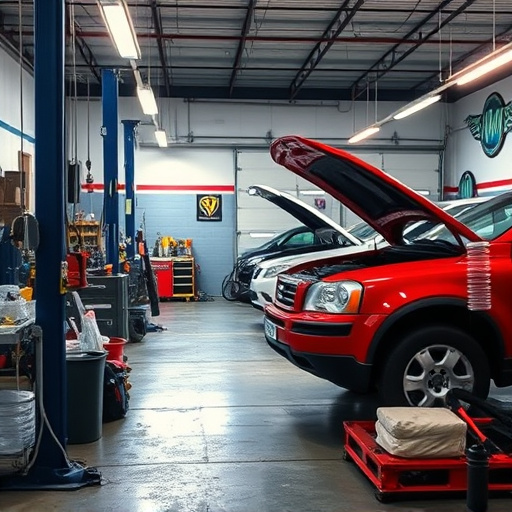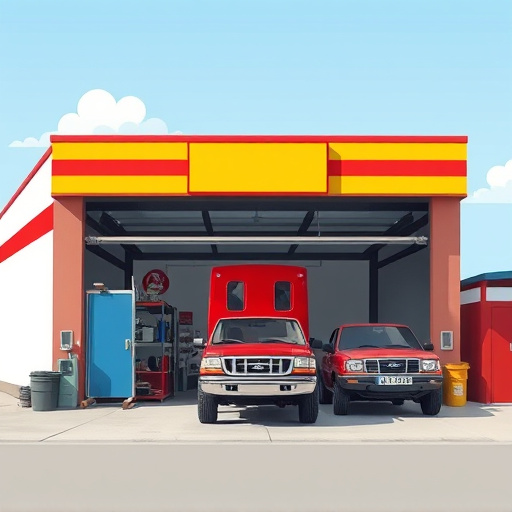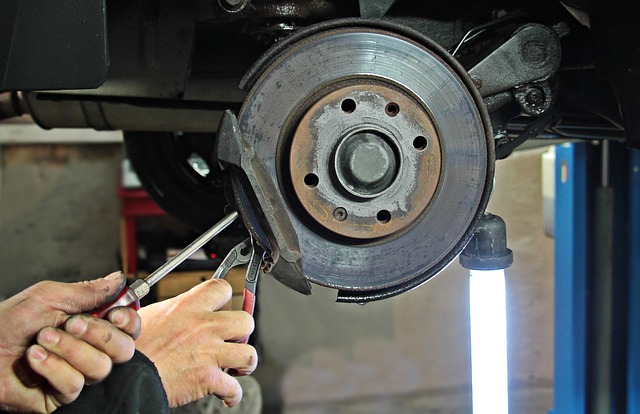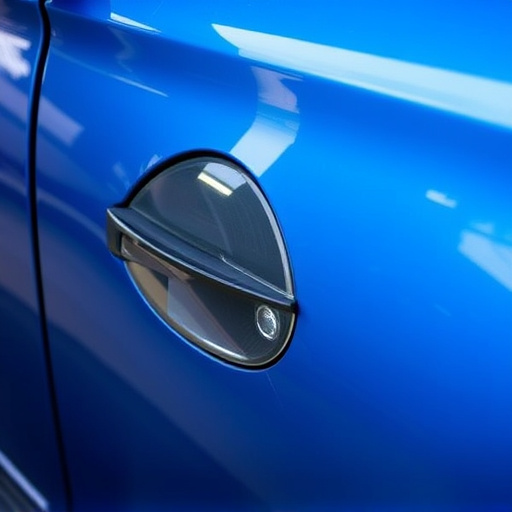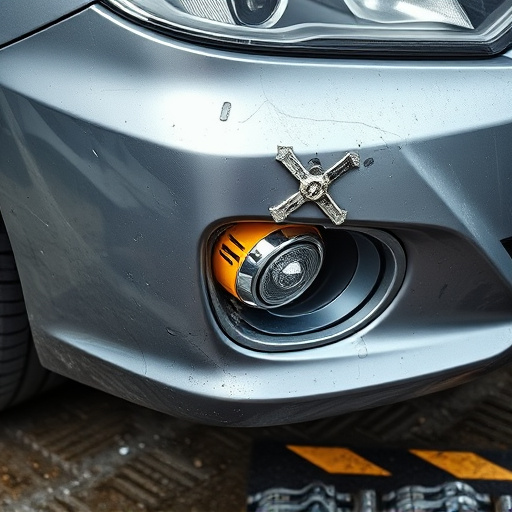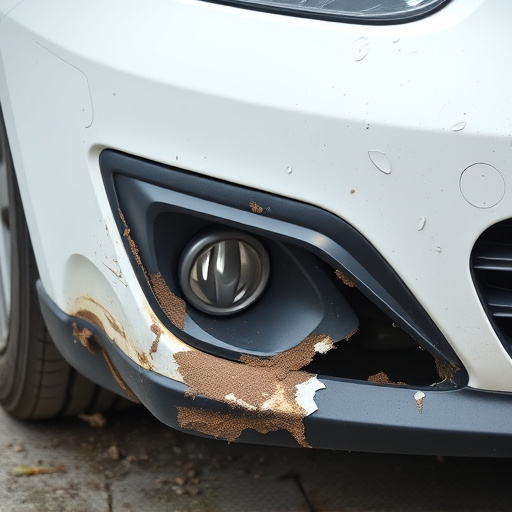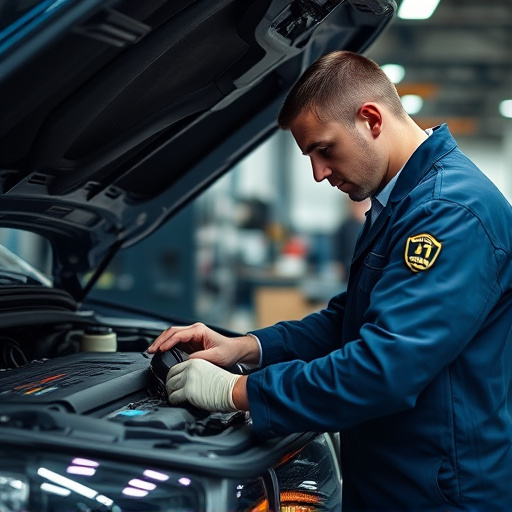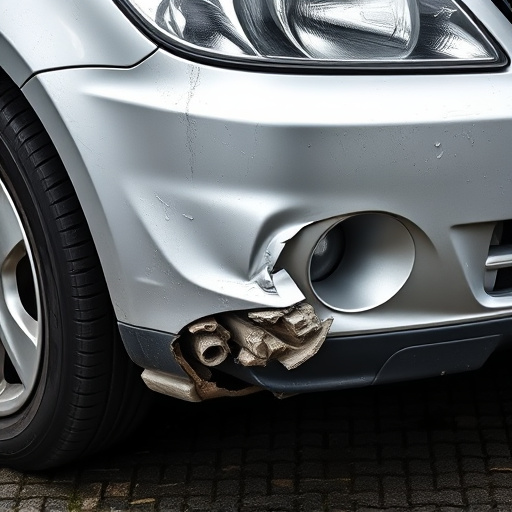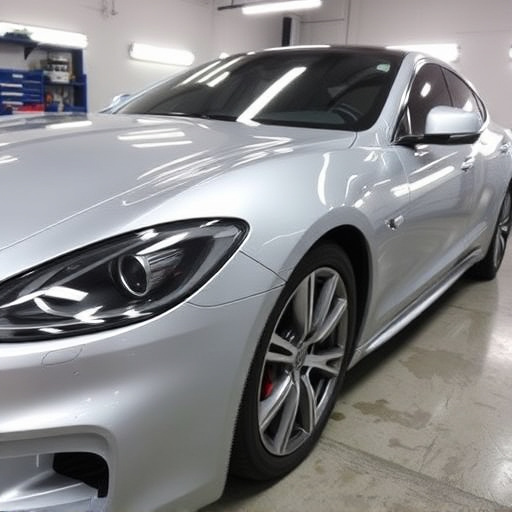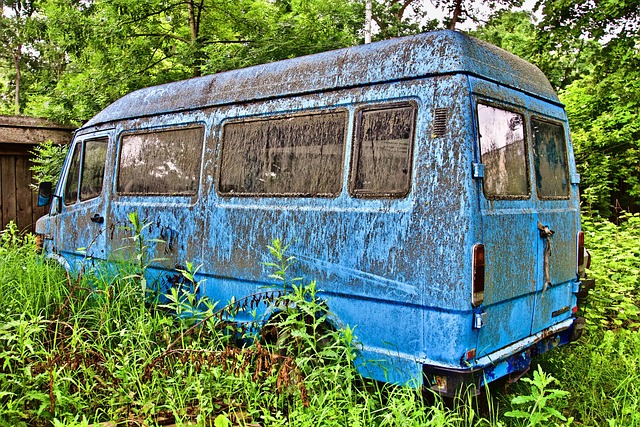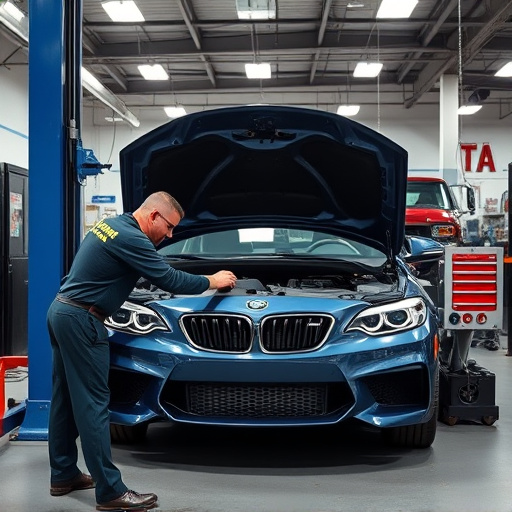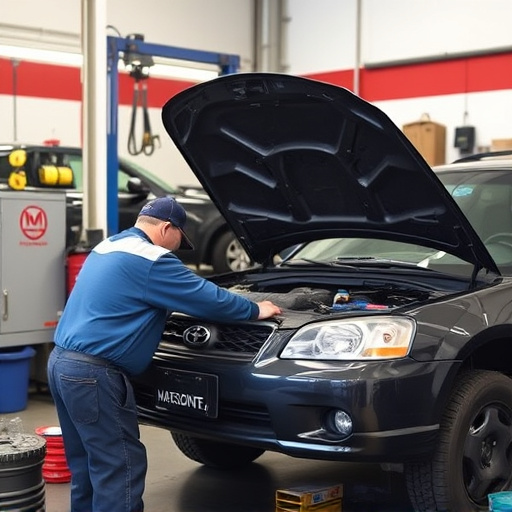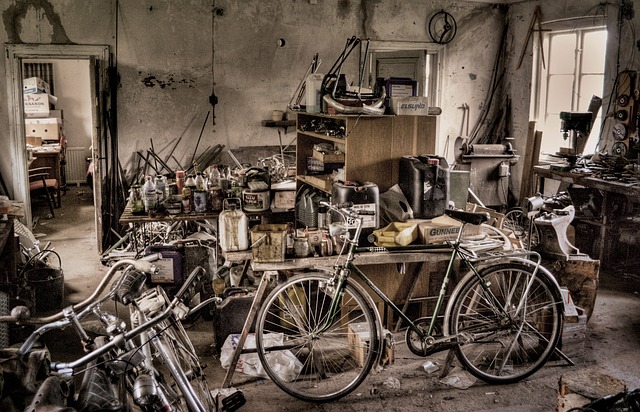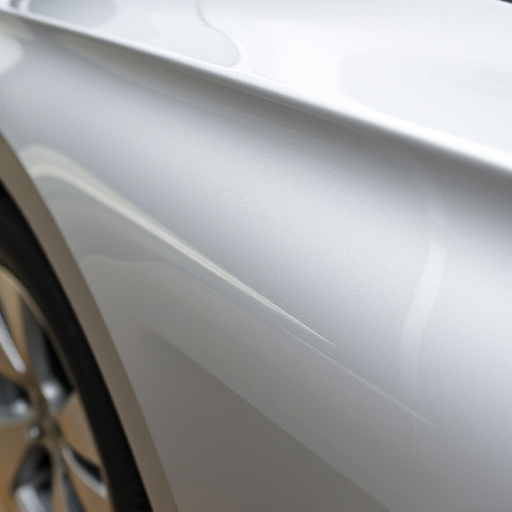Advanced technology offers cost-effective and efficient alternatives to traditional acoustic glass repair for vehicle windows, especially in severe cases. While acoustic methods provide short-term solutions, they may not be durable, require ongoing maintenance, or lead to further damage. Modern repairs prioritize sustainability with eco-friendly options, making them more environmentally responsible than other car repair services like paint and bumper repair. Consumers choosing acoustic glass repair contribute to a greener future while maintaining their vehicles' superior soundproofing.
Is acoustic glass repair still relevant in today’s world? Despite the emergence of modern alternatives, there are compelling reasons why it remains a valuable option. This article explores three key aspects: modern alternatives and their efficacy, durability concerns, and environmental impact. We’ll weigh the pros and cons to determine if acoustic glass repair is still worth the effort, offering insights for informed decisions in an eco-conscious era.
- Modern Alternatives: Are There Better Options?
- Durability Concerns: How Long Does It Last?
- Environmental Impact: Eco-Friendly Considerations
Modern Alternatives: Are There Better Options?
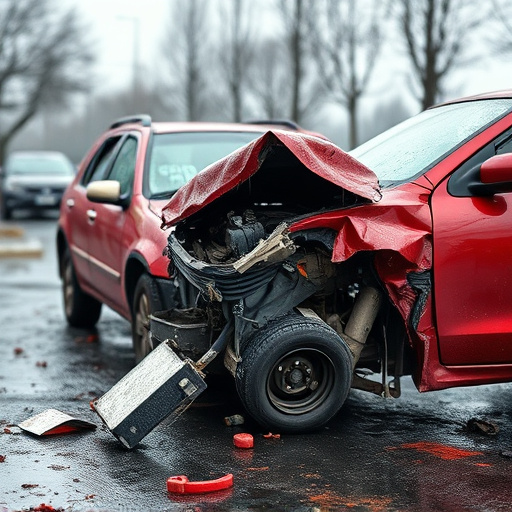
In today’s world, where technological advancements offer innovative solutions to traditional problems, one might wonder if acoustic glass repair still holds its ground as a viable option. While it was once the go-to method for restoring damaged or noisy windows, modern alternatives have emerged, promising superior results and convenience. Car repair services now boast advanced techniques like complete window replacement, which can be a more efficient and cost-effective solution, especially for severe cases of acoustic glass damage.
Automotive restoration experts have developed sophisticated methods to address noise issues without the intricacies of repairing or replacing entire panes. These modern approaches often focus on specific problem areas within the vehicle’s bodywork, ensuring minimal disruption to other components. With these advancements, the need for acoustic glass repair has diminished for many, prompting individuals and businesses alike to explore newer, potentially more sustainable car repair services tailored to meet contemporary demands.
Durability Concerns: How Long Does It Last?
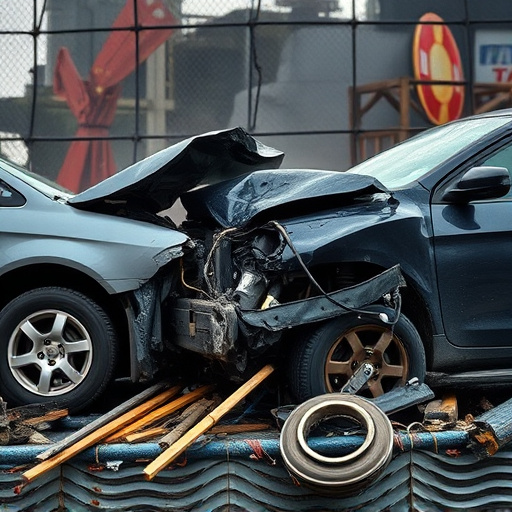
Acoustic glass repair, while offering a unique solution for damaged or broken auto windows, raises questions regarding its long-term durability. One primary concern is how well these repairs hold up over time, especially in regions with harsh weather conditions or frequent car collisions. Unlike traditional automotive body work, where repairs can last for years, acoustic glass fixes might not possess the same level of longevity.
The fragility of glass, even when repaired acoustically, means it remains susceptible to further damage or cracking. In a collision repair shop, where vehicles undergo rigorous assessments and repairs, ensuring the structural integrity of glass is paramount. While acoustic methods can restore soundproofing qualities, they might not adequately address the structural weaknesses inherent in damaged glass. As such, drivers should be aware that while these repairs offer a temporary solution, ongoing maintenance or replacement may eventually be necessary to maintain safety and optimal performance.
Environmental Impact: Eco-Friendly Considerations

The environmental impact of acoustic glass repair is a significant consideration when evaluating its worth. Traditional methods often involve toxic chemicals and energy-intensive processes, contributing to carbon footprints. However, modern approaches in acoustic glass repair prioritize sustainability. Eco-friendly options like water-based adhesives and recycled materials are now available, reducing the ecological toll. These innovations not only benefit the planet but also align with a growing consumer demand for green solutions.
In comparison to other auto repair services like car paint repair or bumper repair, acoustic glass repair has the potential to be more environmentally responsible. While bumper repair might also adopt eco-friendly practices, the use of toxic paints and solvents in car paint repairs can leave a substantial carbon trail. By choosing acoustic glass repair with an emphasis on sustainability, consumers contribute to a greener future while ensuring their vehicles retain superior soundproofing capabilities.
Acoustic glass repair remains a viable option for those seeking to enhance sound quality and preserve the longevity of their glass surfaces. While modern alternatives have emerged, offering convenience and advanced technology, acoustic glass repair still stands strong in terms of durability and environmental benefits. Considering the eco-friendly aspects and the potential for longer-lasting results, it’s evident that investing in acoustic glass repair can be a sensible choice, especially for spaces where noise reduction is paramount.
